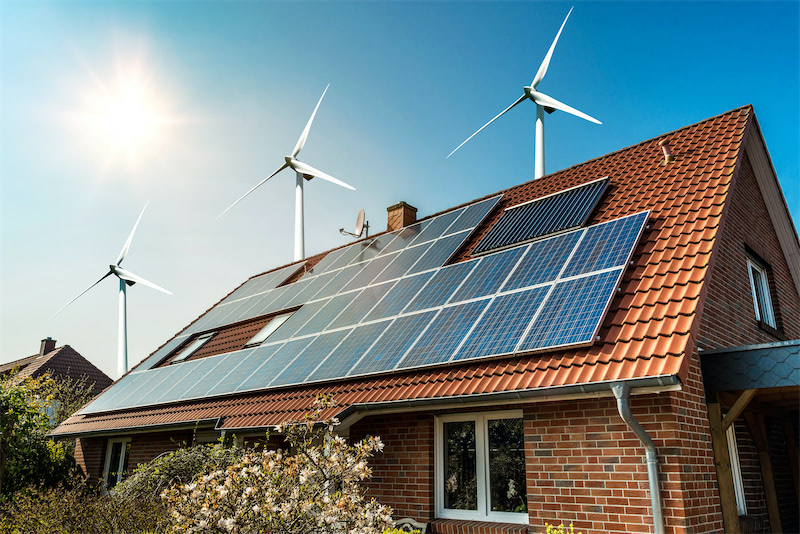







SHANGHAI, Aug 26 (SMM) - In recent months, due to the continuous rise in polysilicon prices, which has put pressure on the entire photovoltaic industry chain, the contraction of the installed capacity of modules has eventually been transmitted to EVA granules, which later pulled down the prices of EVA film.
According to SMM research, the current prices of EVA granules are about 22,000-23,000 yuan/mt, with an average of 21,500 yuan/mt, down nearly 6,000 yuan/mt or 21.82% MoM. The average prices of transparent EVA film and white EVA film are 13.34 yuan/square meter and 14.34 yuan/square meter respectively, down 1.91 yuan/square meter and 2.26 yuan/square meter compared with the same period in July, a MoM decrease of 12.52% and 13.61% respectively.
The declining EVA granules prices are attributable to rising polysilicon prices at root
In recent months, the prices of polysilicon have been rising continuously, which, coupled with the delayed kick-off of terminal PV power station projects, has kept the operating rates of modules at a low level. Usually, the module and film manufacturers schedule their production based on the sales, and the low operating rate of modules has directly affected the production of film manufacturers. The inventory cycle of EVA granules in film manufacturers is generally 1 month, or 2-3 months in manufactures with sufficient working capital. However, since July, film manufacturers have been challenged with weak demand, and the purchases of EVA granules basically stalled amid long de-stocking cycle of granules.
However, during this period, the capacity utilisation rate of PV-grade granules produced by EVA granules manufacturers remained high. The 2 sets of EVA equipment of Sierbang have almost all been used to produce granules, and the output has exceeded the designed capacity of 300,000 mt/year. The newly commissioned capacity (300,000 mt/year) of Zhejiang Petroleum & Chemical Co. also ran at full production. In addition, Ningbo Formosa Plastics, Lianhong Xinke, Sinochem Quanzhou, Yulin Neng Hua, Zhongke Refinery and Yangzi Petrochemical also made full use of their capacity to increase the production of EVA granules. Nonetheless, EVA granules manufacturers faced multiple challenges during this period, including a sharp decline in their sales volume, a backlog of inventory, and the disappointing advancement of new orders. Therefore, domestic EVA granules manufacturers responded quickly to the market, prompting foreign manufacturers to adjust prices collectively, with prices falling from 28,500 yuan/mt in mid-July to 26,000 yuan/mt in early August and then 24,000 yuan/mt in mid-August. But the market transactions have remained extremely sluggish. EVA granules manufacturers had to continue to cut the prices in order to promote the sales.
The price moves of EVA film depend largely on the price fluctuation of EVA granules
Let's take a look at the cost structure and pricing policy of EVA film. The cost of EVA film consists of three major parts: direct raw material cost, direct manufacturing cost, and direct labour cost. Among them, the cost of direct raw materials accounts for nearly 90% of the total cost, while EVA granules account for more than 85% of direct raw material cost. Manufacturers will set the prices based on the anchored gross profit margin level and market conditions. The price adjustment for specific orders will be realised through negotiations of long-term orders on a monthly basis, subject to the prices of raw materials and the quotes of competitors.
Therefore, the fluctuation of the prices of EVA granules will basically determines the price trend of EVA film, meaning that falling EVA granules prices will pull back the prices EVA film.
To sum up, the price trend of polysilicon is the focus of the entire photovoltaic industry chain. If the polysilicon prices enter the downward channel, it will boost the operating rates of modules, thereby shoring up the demand for EAV films and EVA granules, with prices expected to pivot.
For queries, please contact Lemon Zhao at lemonzhao@smm.cn
For more information on how to access our research reports, please email service.en@smm.cn